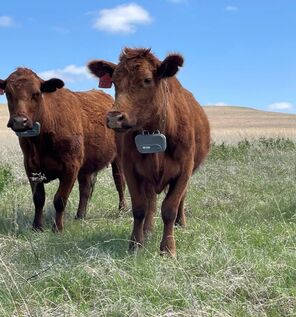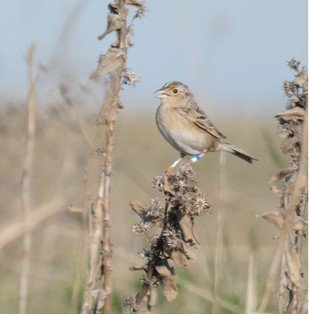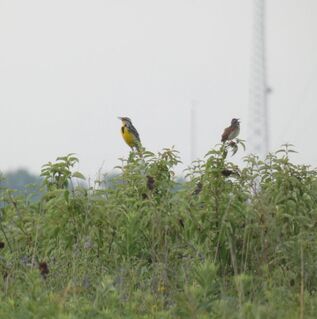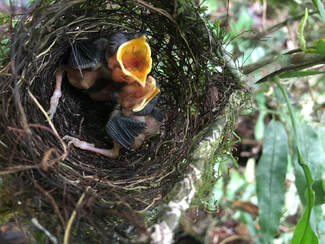Broadly, I am interested in why and how populations change in response to environmental drivers. Questions that guide my research include: how do populations differ in their responses to land management; how does weather impact individual vital rates; and how can we best conserve declining species?
Brief summaries of my research projects are below. Feel free to reach out if you have any questions or are interested in collaborating!
Brief summaries of my research projects are below. Feel free to reach out if you have any questions or are interested in collaborating!




